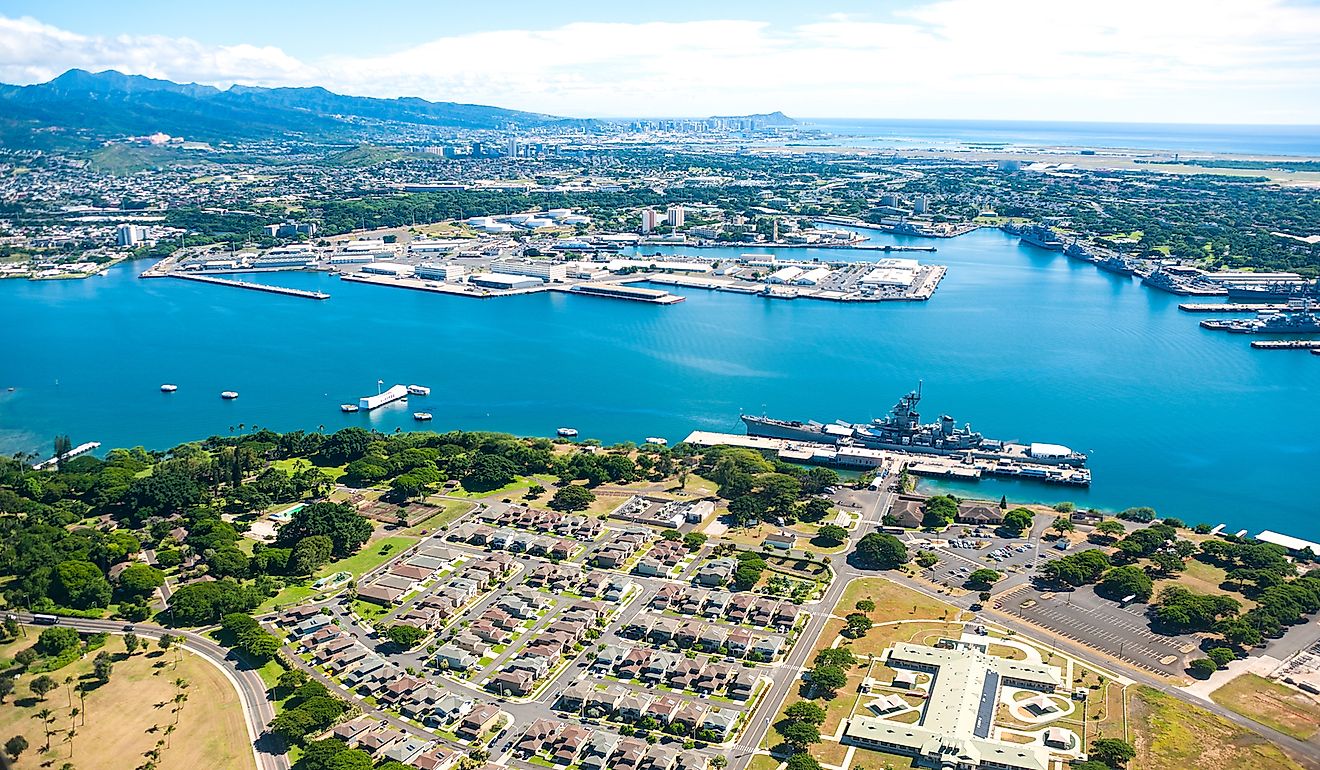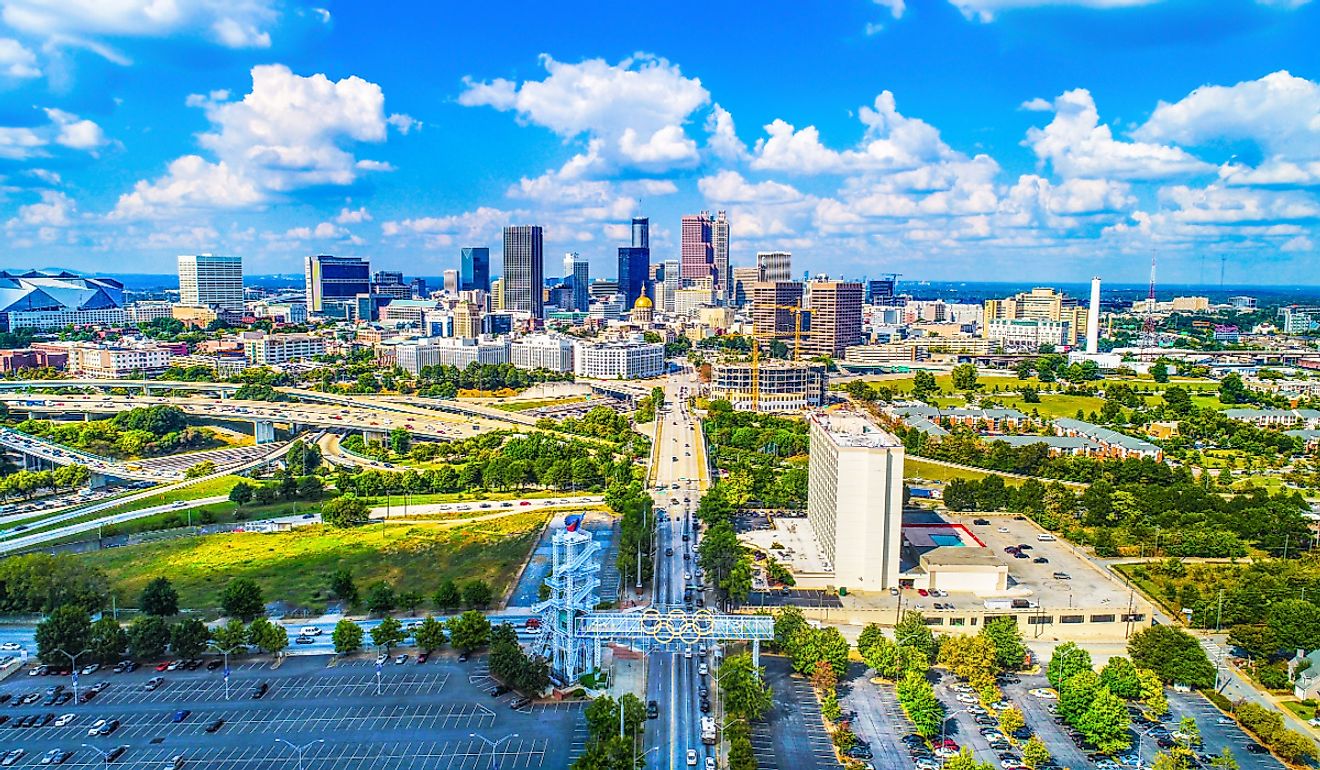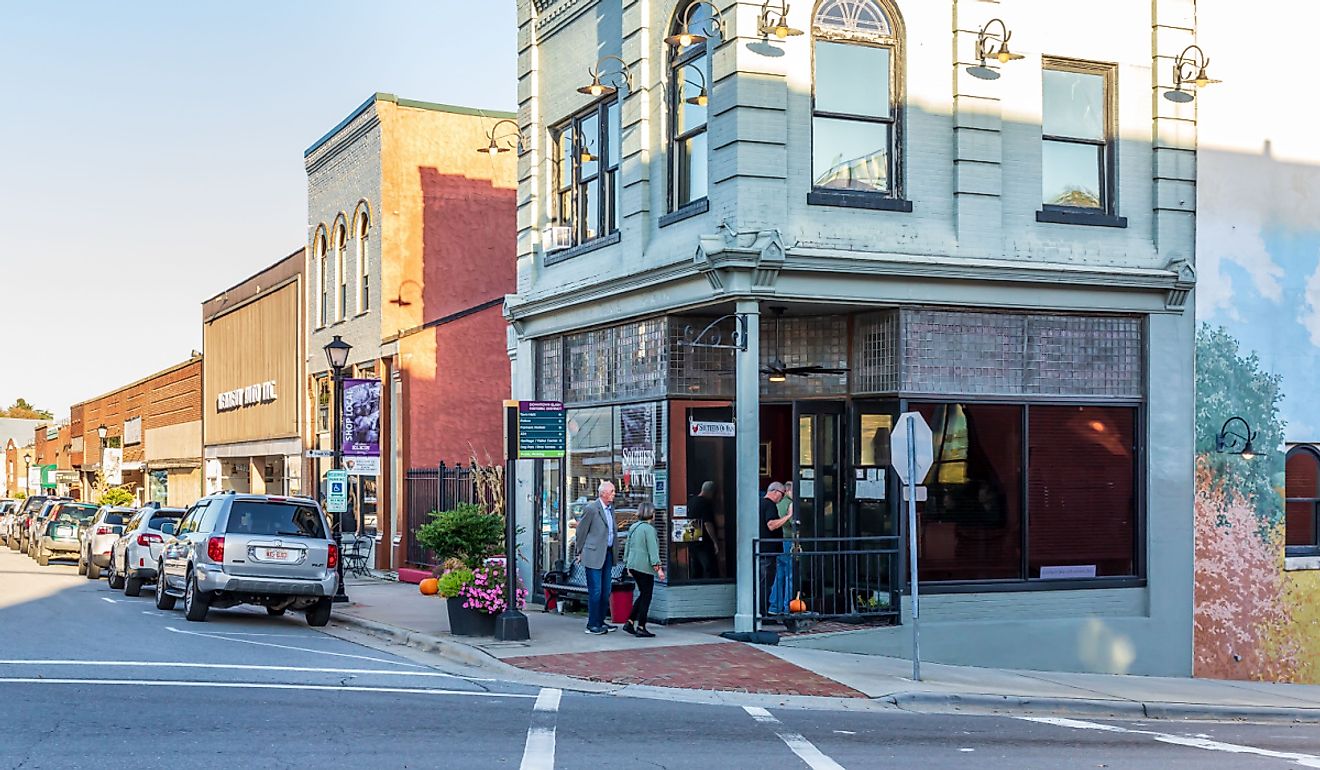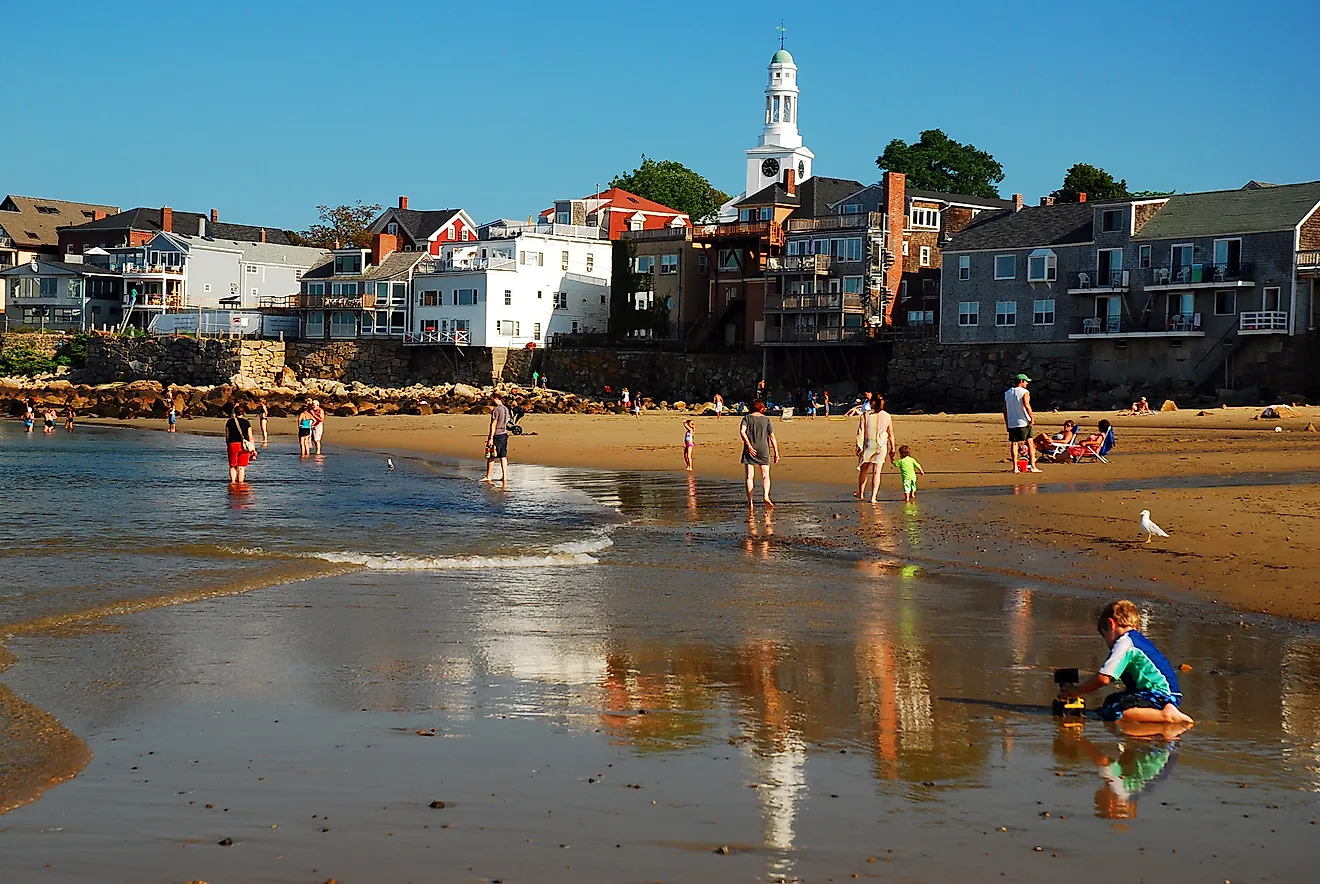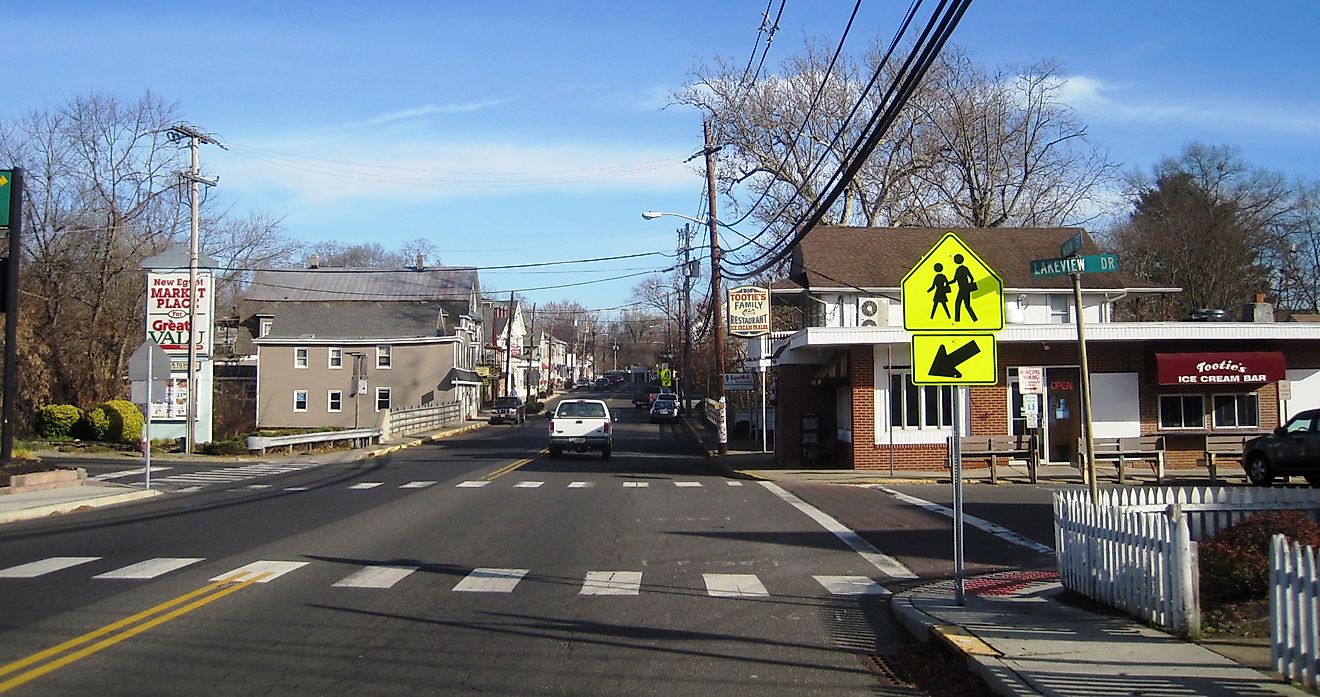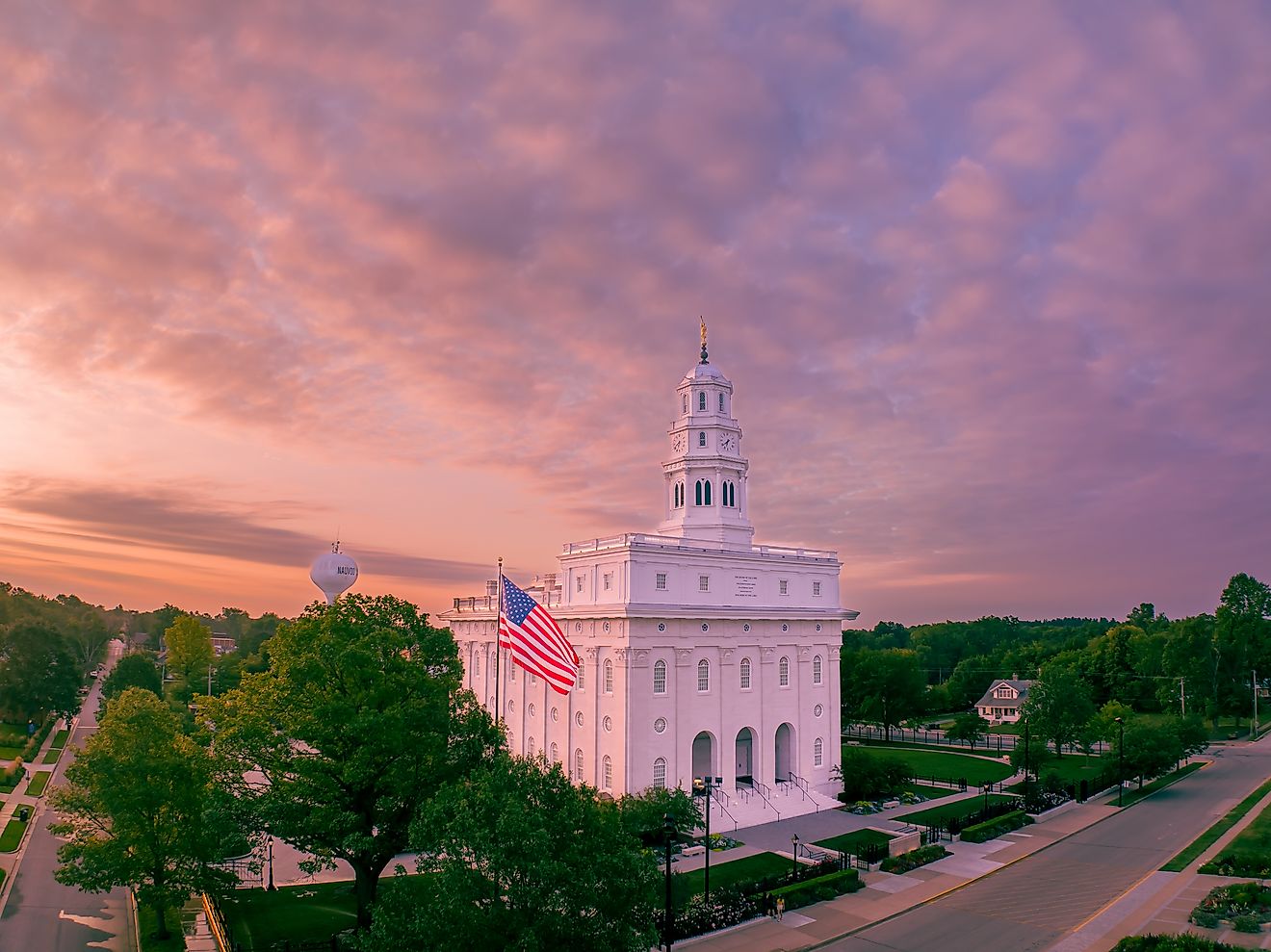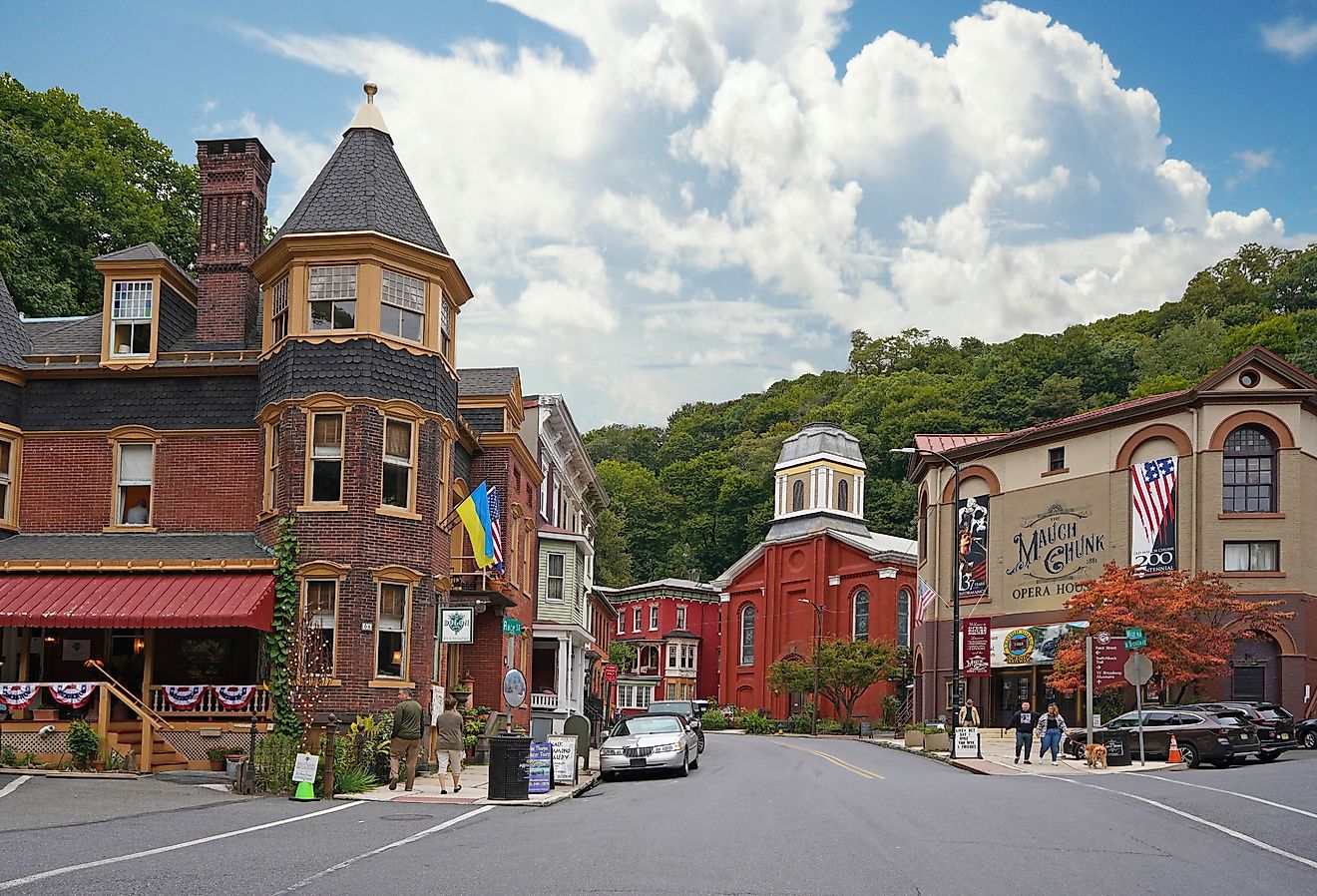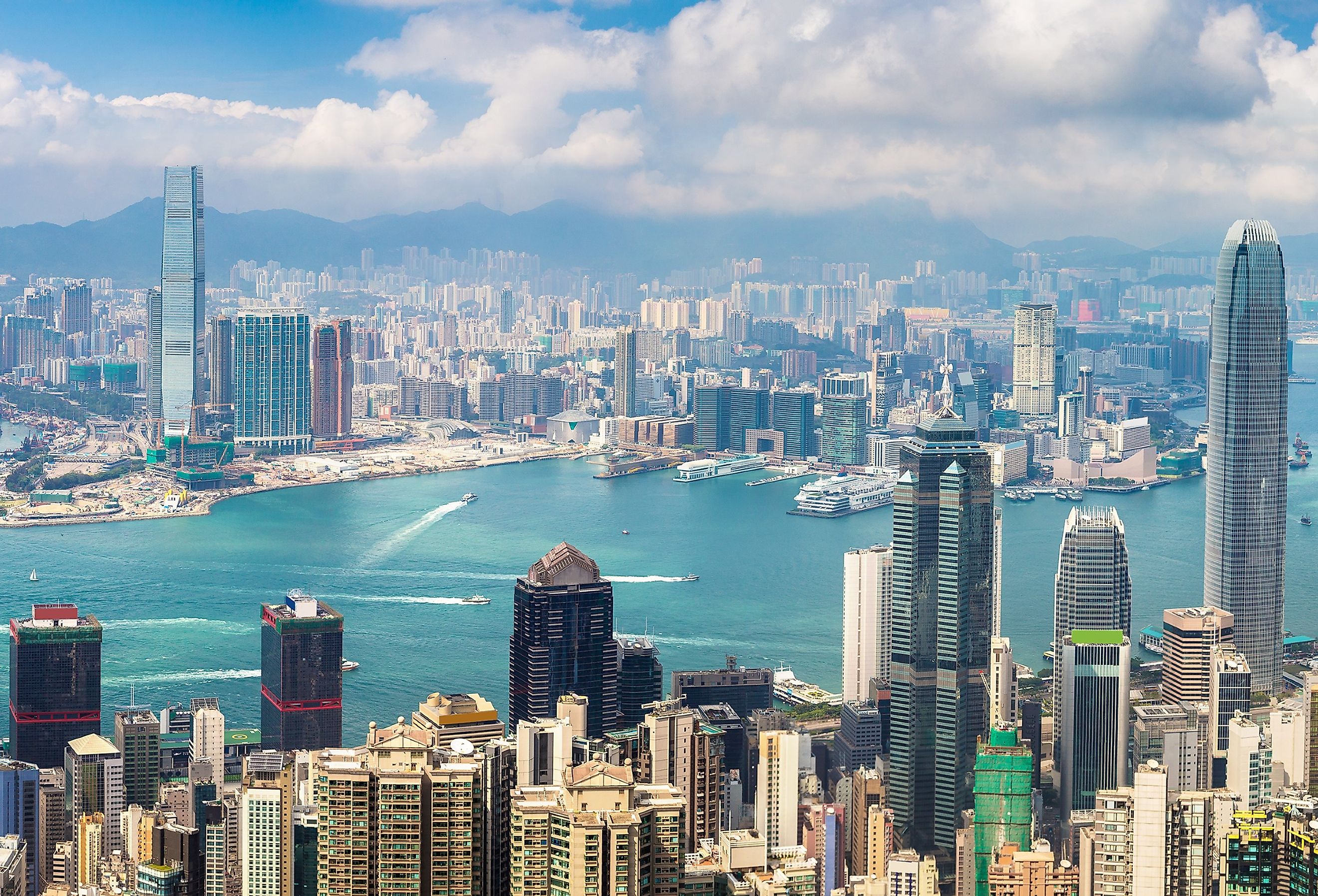
Cities With the Most Skyscrapers
Skyscrapers have long been one of the pinnacles of human ambition. These engineering marvels pierce the clouds worldwide and redefine city skylines. The Home Insurance Building, constructed in Chicago in 1885, is popularly known as the planet’s first skyscraper. The city demolished the Home Insurance Building in 1931 to create space for the Field Building, known today as the Lasalle Building. Even so, urban centers continue to expand as taller skyscrapers emerge. Several brand new skyscrapers will see the light in 2023, but currently, according to Visual Capitalist, these are the cities with the most skyscrapers. China dominates as the country hosting most of these cities, with 2,777 skyscrapers in total and 72 supertall buildings.
10 Cities With the Most Skyscrapers
- 1. Hong Kong
- 2. Shenzhen
- 3. New York City
- 4. Dubai
- 5. Guangzhou
- 6. Shanghai
- 7. Kuala Lumpur
- 8. Chongqing
- 9. Tokyo
- 10. Wuhan
1. Hong Kong
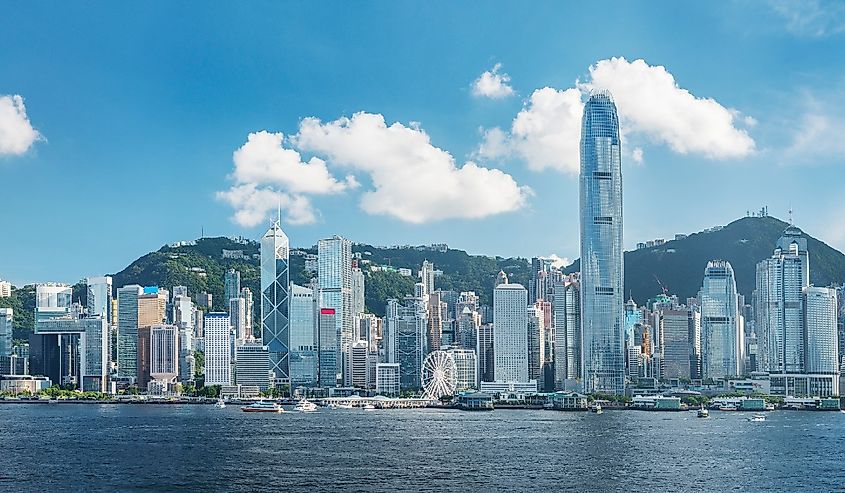
Hong Kong’s densely populated landscape is synonymous with skyscrapers. Considering its limited land area, the resourceful city has mastered the art of vertical expansion. The dominance of the International Commerce Center and Two International Finance Center cemented the city’s position as a financial hub.
Other striking buildings that deserve mention include the "Koala Tree," "The Oil Rig," and "The Big Syringe." There is also an interesting juxtaposition of the concrete jungle against a magnificent backdrop of gorgeous mountains and a sparkling harbor.
2. Shenzhen
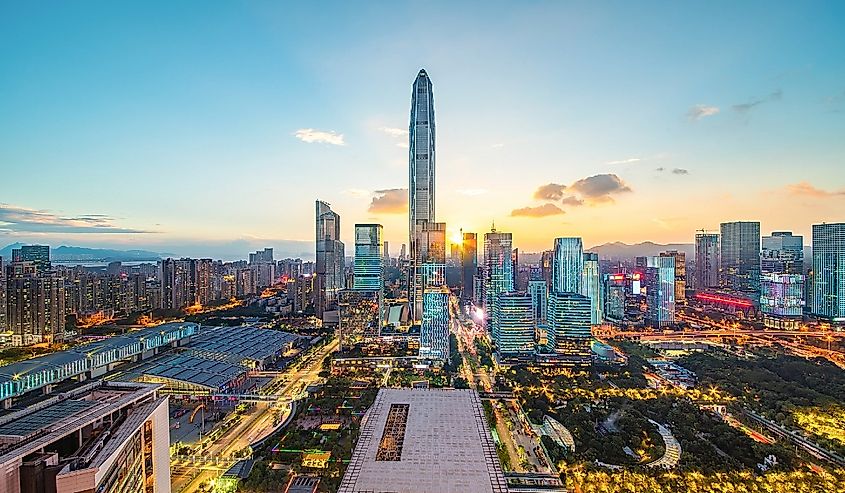
Shenzhen’s transformation from a humble fishing village to a bustling metropolis is nothing short of remarkable. The city’s populated skyline is a testament to its ongoing development and economic growth.
Here, the Ping An Finance Center and Kingkey 100 towers above the rest, including the impressive Spring Bamboo Tower, the Diwang Building, and the Shenzhen Energy Mansion. In February 2023, the architecture studio BIG unveiled its plan for the construction of the Qianhai Prima Towers in Shenzhen. The areas on either side of the Shenzhen Hong Kong Plaza have been earmarked for the project, and the towers will be 300 meters and 250 meters tall, respectively.
3. New York City
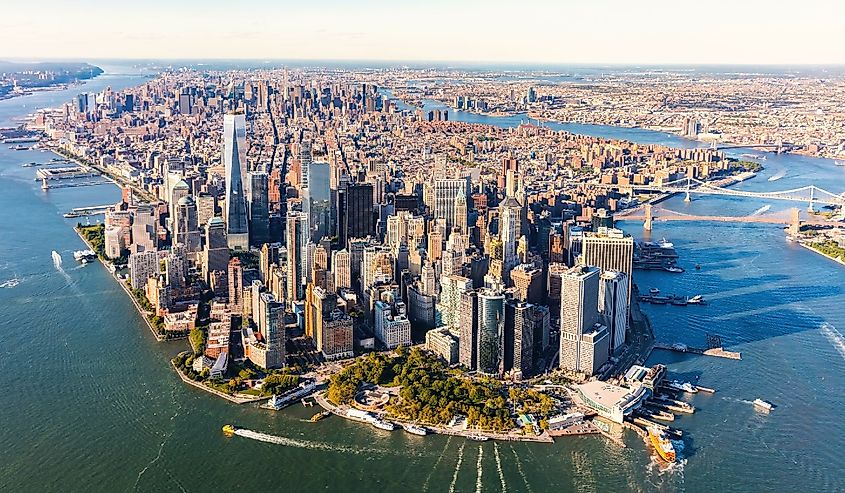
New York’s altered skyline is a symbol of both American urbanity and the country’s resilience in the darkest of times. The One World Trade Center, built on the site of the World Trade Center twin towers, stands tall as a symbol of hope and a reminder of one of the most tragic days in history. Other landmarks like the Empire State Building and the Chrysler Building continue to captivate the imagination of people around the world. Since the erection of New York’s first skyscraper in 1889, the city’s gleaming buildings have become a testament to its status as a hub of commerce, culture, and innovation.
However, the sheer weight of the city’s skyscrapers seems to be taking its toll on the land they stand on. According to a study done in May 2023, the ground beneath these stately structures has begun to sink by at least 0.08 inches per year. Add to this the danger that rising sea levels pose, and this coastal city is facing a very real problem.
4. Dubai
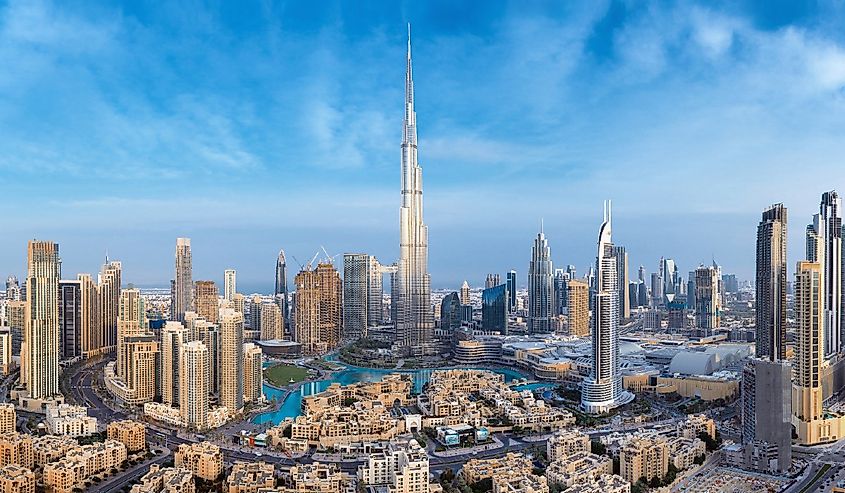
Known for elaborate, audacious architecture, Dubai dominates the global skyscraper scene. The Burj Khalifa, which is the world’s tallest building, is a shining icon for the city. Additionally, Dubai boasts a majestic lineup of notable skyscrapers, including the Cayan Tower and the instantly recognizable Burj Al Arab.
With its bold vision and relentless pursuit of the number one position when it comes to architectural innovation and excellence, Dubai stands firmly at the forefront of the skyscraper race. A 100-story skyscraper, the Burj Binghatti, is currently under construction in the city and will become the world’s tallest residential tower once complete. Other towers in the development process include the Ciel Tower, Il Primo Tower, Regalia, Uptown Tower, and One Za’abeel Tower.
5. Guangzhou
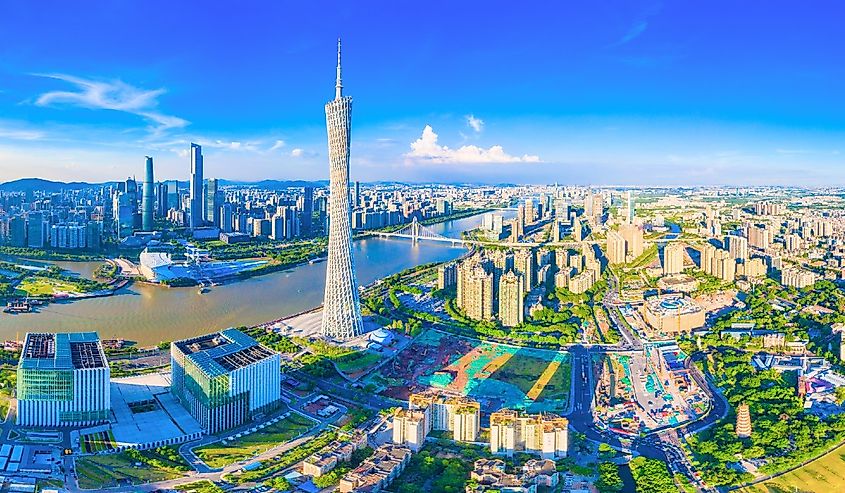
The skyline overlooking Guangzhou has seen a significant transfiguration in recent times, with the Canton Tower becoming a remarkable symbol of the city’s progress. Other memorable structures like the Guangzhou CTF Finance Center and the CITIC Plaza expand the city’s dynamic horizon. Guangzhou’s skyscrapers exemplify its economic strength and position as a major business hub in southern China.
6. Shanghai
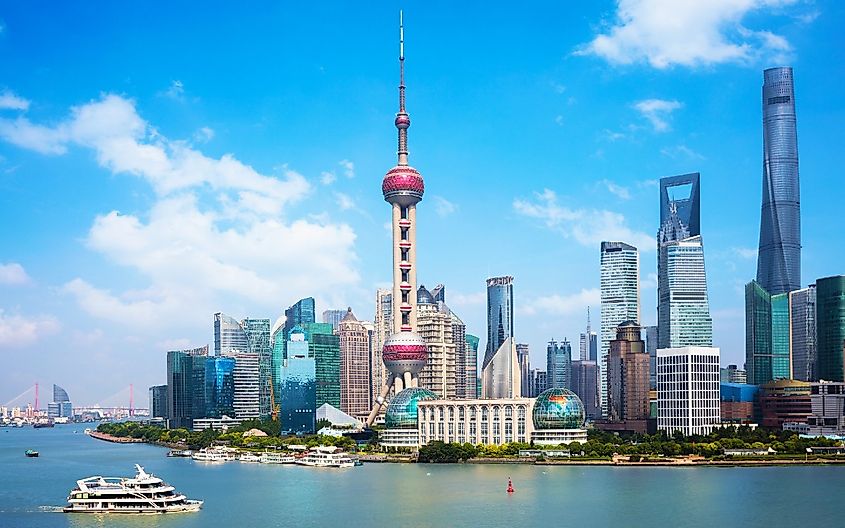
Shanghai has emerged as a rapidly expanding metropolitan area, characterized by a futuristic skyline. The Shanghai Tower, the third tallest building on the planet, highlights the city’s commitment to vertical development. This stunning structure also offers an observation deck from which visitors can see the Huangpu River, and other surrounding skyscrapers.
The Oriental Pearl Tower and Jin Mao Tower are equally ambitious in defining Shanghai’s city structure. Shanghai serves as proof of China’s aspirations to remain a leader in urban design and construction.
7. Kuala Lumpur
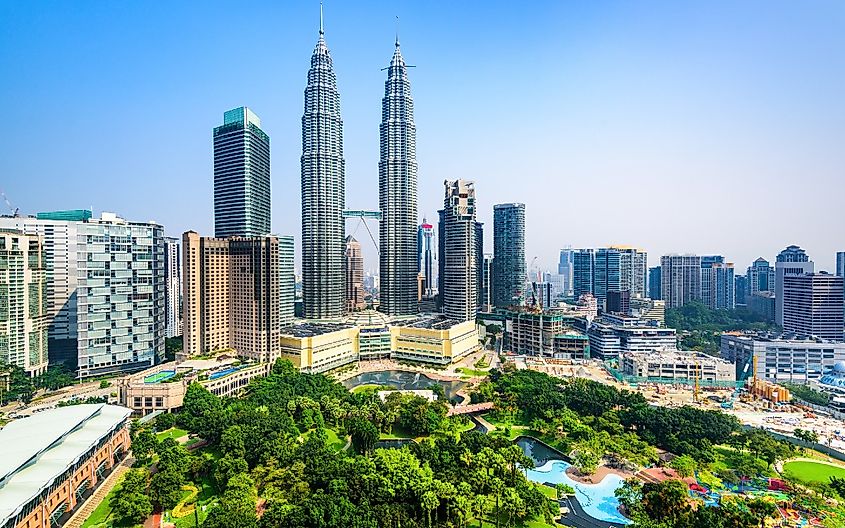
The skyscrapers that beautify the city of Kuala Lumpur are an eclectic mix of modern and traditional architecture. Kuala Lumpur is home to the Petronas Towers, which once held the distinction of being the tallest buildings on Earth.
Other noteworthy skyscrapers include the Kuala Lumpur Tower and the Exchange 106. The mega skyscraper, Merdeka 118 is the world’s second tallest building and home to Southeast Asia’s highest observation deck.
The Telekom Tower is famous for its traditional Islamic architectural influences while the Troika provides luxurious permanent accommodation. The city’s skyscrapers showcase its wealth and economic progress and further the cause for creating a modern urban environment.
8. Chongqing
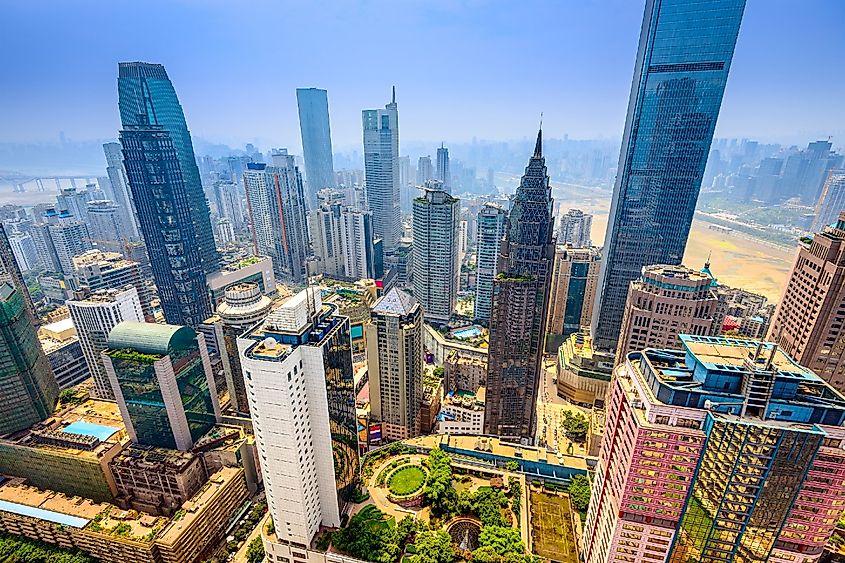
The skyline of Chongqing is dotted with soaring skyscrapers, including one of its tallest buildings, the Chongqing World Financial Center. The Chongqing Poly Tower possesses a unique shape, and its striking exterior allows it to stand out in the sea of skyscrapers.
Inspired by the dancing northern lights, architecture firm Aedas unveiled the Dance of Light Tower in Chongqing in 2022. The view of the tower changes when seen from different angles thanks to the light "dancing" over the glass facades. More spectacularly, at night, the façade of the building showcases a reflection that is reminiscent of a ballerina.
Each structure in Chongqing, including the newest addition, contributes to the skyline by bringing its own design and function, thereby enhancing the city’s constructive diversity.
9. Tokyo
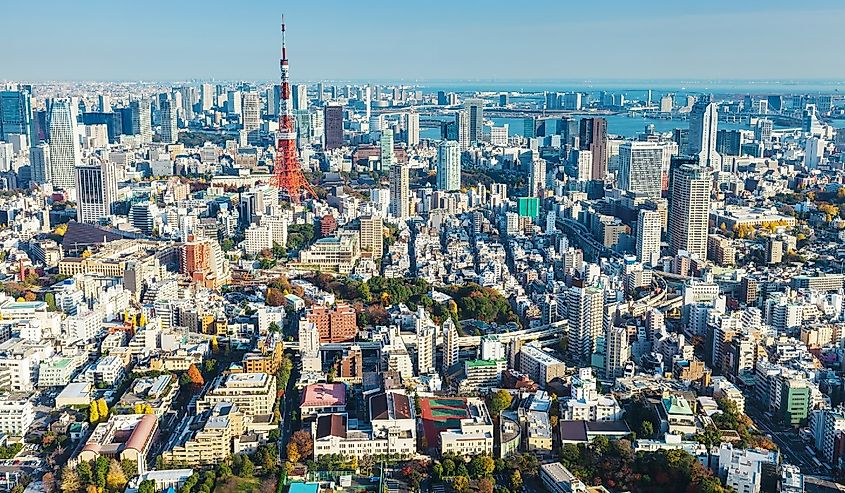
Tokyo’s urban landscape combines tradition, culture, and technology. The Tokyo Skytree is one of the most famous in the world and offers unmatched panoramic views of this bustling city. The Tokyo Metropolitan Government Building and the Roppongi Hills Mori Tower are unforgettable structures that grace the skyline.
Tokyo is home to over 37 million people and is at risk of massive and devastating earthquakes because of its location along the Pacific Ring of Fire. As part of efforts to build an earthquake-resistant city, Tokyo unveiled plans to build a supertall skyscraper called Main Tower which will be the tallest in the city when completed.
This supertall structure will join the other skyscrapers in blending in with a background of traditional temples and historic landmarks, offering a captivating visual experience.
10. Wuhan
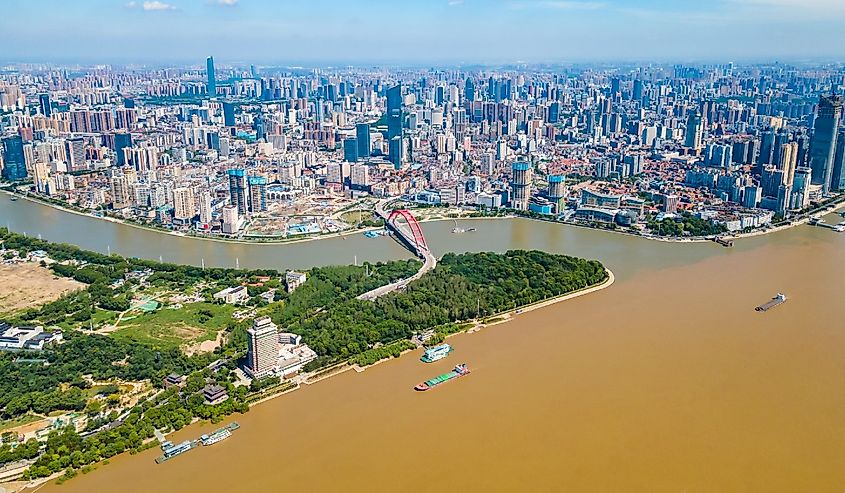
The skyscrapers in Wuhan exhibit modern designs and have become symbols of the city’s rapid expansion. The Wuhan Greenland Center would have been 636 meters tall, but architects redesigned the building during the construction process to end at 476 meters and comply with airspace regulations.
In keeping with the supertall trend worldwide, two 0.6-mile (1-kilometer) landmark towers have been proposed for the city. These towers will reflect the dualist elements of Chinese culture and symbolize the Chinese Phoenix symbol of two birds. The exterior will consist of solar panels and the towers will stand on an island in a lake. Together with Wuhan’s existing skyscrapers, the new towers will stand tall as modern symbols of advancement and ambition.
Conclusion
Skyscrapers are more than just towering structures. They represent the achievements of cities that strive for progress and development. As technology evolves, the skylines of these and other cities will likely undergo further drastic transformations, with new and improved skyscrapers continuing to soar to greater heights.
25 Cities With the Most Skyscrapers
| Rank | City | Country | Number of Skyscrapers* | Number of Supertall Skyscrapers* |
|---|---|---|---|---|
|
1 |
Hong Kong |
China |
657 |
6 |
|
2 |
Shenzhen |
China |
513 |
16 |
|
3 |
New York City |
United States |
421 |
16 |
|
4 |
Dubai |
United Arab Emirates |
395 |
28 |
|
5 |
Guangzhou |
China |
254 |
11 |
|
6 |
Shanghai |
China |
250 |
5 |
|
7 |
Kuala Lumpur |
Malaysia |
211 |
5 |
|
8 |
Chongqing |
China |
205 |
5 |
|
9 |
Tokyo |
Japan |
200 |
0 |
|
10 |
Wuhan |
China |
183 |
5 |
|
11 |
Chicago |
United States |
178 |
7 |
|
12 |
Jakarta |
Indonesia |
160 |
1 |
|
13 |
Chengdu |
China |
150 |
0 |
|
14 |
Bangkok |
Thailand |
133 |
3 |
|
15 |
Shenyang |
China |
129 |
3 |
|
16 |
Singapore |
Singapore |
128 |
0 |
|
17 |
Nanning |
China |
122 |
6 |
|
18 |
Mumbai |
India |
114 |
0 |
|
19 |
Tianjin |
China |
109 |
3 |
|
20 |
Nanjing |
China |
108 |
7 |
|
21 |
Toronto |
Canada |
106 |
0 |
|
22 |
Busan |
South Korea |
106 |
4 |
|
23 |
Seoul |
South Korea |
104 |
2 |
|
24 |
Changsha |
China |
97 |
5 |
|
25 |
Melbourne |
Australia |
94 |
1 |
*Source: Visual Capitalist, 2023

